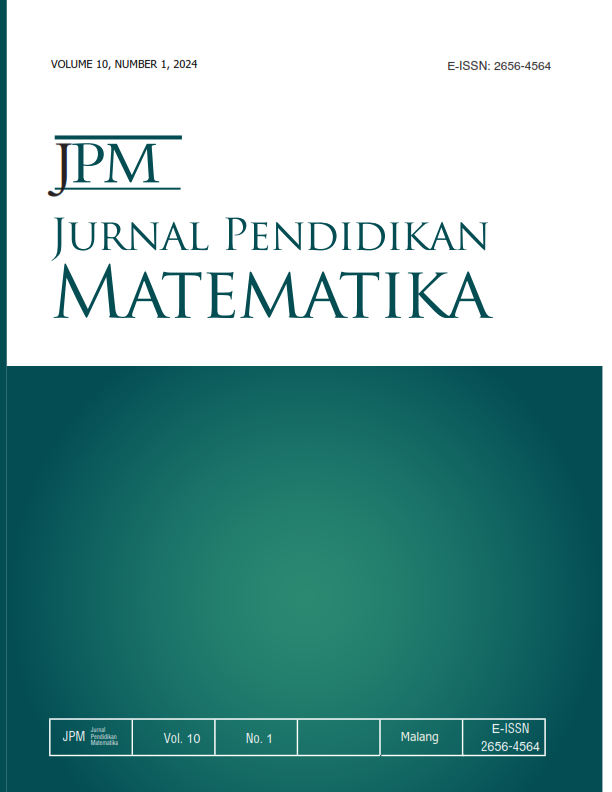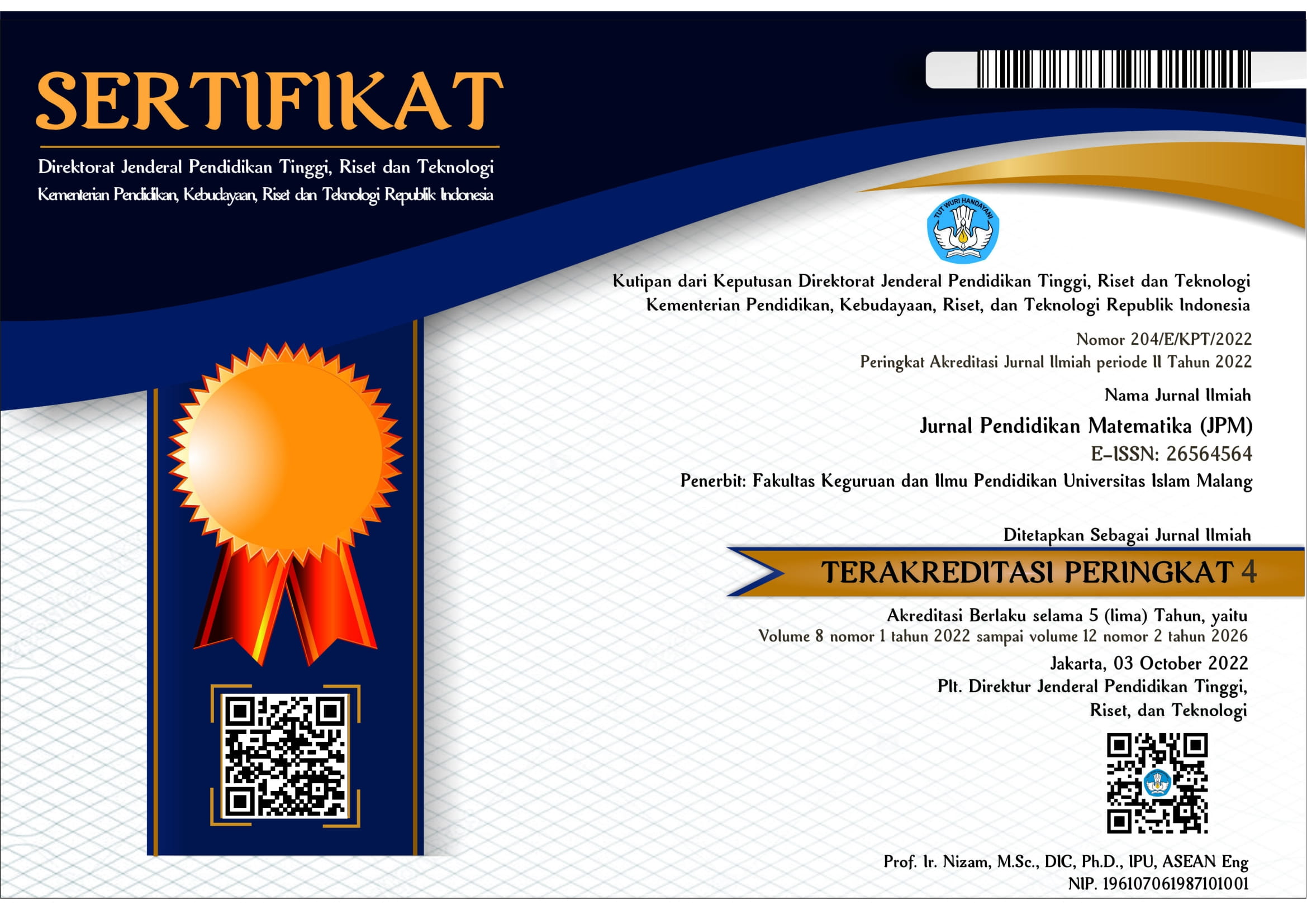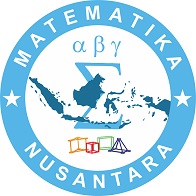The Desıgn and Development of Dıfferentıated Mathematıcs Teachıng Modules Based on Multıple Intellıgence
DOI:
https://doi.org/10.33474/jpm.v10i1.20799Keywords:
Teaching Module, Differentiated, Multiple IntelegencesAbstract
Differentiated learning is becoming increasingly important in the world of education because each student has different characteristics and learning needs. Students have different backgrounds, experiences, interests, and intelligence, such as visual-spatial, verbal-linguistic, logical-mathematical, bodily-kinesthetic, musical-rhythmic, interpersonal, and intrapersonal intelligence. Multiple intelligence is a theory that states that each individual has several different types of intelligence or intelligence. Every individual has unique and different multiple intelligences. This research aims to obtain a differentiated mathematics learning tool based on multiple intelligences that meets valid and practical criteria. The learning tool in question is a Learning Implementation Plan which was developed according to the principles of differentiated learning based on multiple intelligences. The design used in this research is Research and Development. The stages or procedures of this development research refer to five main steps, namely needs analysis; product development (teaching materials); expert validation and product revision, and small-scale field trials. Data collection techniques use interviews, questionnaires, observations, and validation sheets. The results of the expert validation analysis of the RPP are included in the very valid criteria with an average validity value of 3.88 and the results of the response analysis obtained a score of 90.10 with very practical criteria. Differentiation in this research is based on the multiple intelligences of diverse students, researchers or teachers can continue research by looking at differentiation from other relevant aspects
References
Ahmed, A. I. S. A. (2022). Investigating the Challenges Encountered by EFL Teachers in Practicing Differentiated Instruction in the Multiple–Intelligence Classes at University. Journal of Language Studies. Vol, 6(1), 36-18
Alnasser, M. A. (2021). Differentiated Instruction between Theories of: Multiple Intelligences and Learning Styles.
Ayuningtyas, L. P. S., Suwastini, N. K. A., & Dantes, G. R. (2023). Differentiated Instruction In Online Learning: Its Benefits and Challenges In Efl Contexts. Jurnal Pendidikan Teknologi dan Kejuruan, 20(1), 80-94
Barbier, K., Struyf, E., Verschueren, K., & Donche, V. (2022). Fostering cognitive and affective-motivational learning outcomes for high-ability students in mixed-ability elementary classrooms: a systematic review. European Journal of Psychology of Education, 1-25.
Danili, E., & Reid, N. (2006). Cognitive factors that can potentially affect pupils’ test performance. Chemistry Education Research and Practice, 7(2), 64–83. https://doi.org/10.1039/B5RP90016F
Geissdoerfer, M., Bocken, N. M. P., & Hultink, E. J. (2016). Design thinking to enhance the sustainable business modelling process – A workshop based on a value mapping process. Journal of Cleaner Production. https://doi.org/10.1016/j.jclepro.2016.07.020
Irsalina, A., & Dwiningsih, K. (2018). Analysis of the Practicality of Developing Student Activity Sheets (LKPD) with a Blended Learning Orientation on Acid-Base Material. JKPK (Journal of Chemistry and Chemical Education) , 3 (3), 171–182. https://doi.org/10.20961/jkpk.v3i3.25648
Milinga, J. R., Amani, J., & Lyakurwa, S. E. (2021) Teachers’ Perceptions of Differentiated Instruction for Academically High-Achieving Secondary School Students in Tanzania. Journal of Advanced Academics, 34(1), 68-102
Moallemi, R. (2023). The relationship between differentiated instruction and learner levels of engagement at university. Journal of Research in Innovative Teaching & Learning, (ahead-of-print).
Ndu, O. G., Tshotsho, B. P., & Cekiso, M. (2022). Grade 10 teachers’ perceptions of their application of socio-cultural and multiple intelligences on English second language learners. Journal for Language Teaching, 56(1), 1-22
Rivalina, R. (2020). Neuroscience Approach Improves Higher Order Thinking Skills of Elementary Education Teachers. Kwangsan: Journal of Educational Technology , 8 (1), 83. https://doi.org/10.31800/jtp.kw.v8n1.p83--109
Rudhumbu, N., & Dziva, D. (2023). The influence of differentiated instruction on the academic performance of mathematics students in universities. International Journal of Innovation and Learning, 33(1), 32-51.
Rulyansah, A., Hasanah, U., & Wardana, L.A. (2017). The Brain Based Learning (BBL) model contains Multiple Intelligences (MI) . LPPM Islamic Institute Ibrahimy Genteng Banyuwangi.
Smale-Jacobse, A.E., Meijer, A., Helms-Lorenz, M., & Maulana, R. (2019). Differentiated Instruction in Secondary Education: A Systematic Review of Research Evidence. Frontiers in Psychology , 10 (November). https://doi.org/10.3389/fpsyg.2019.02366
Sugiono. (2017). Metode Penelitian Kuantitatif, Kualitatif dan R&D. Bandung: Alfabeta, CV.
Suwastini, N. K. A., Rinawati, N. K. A., Jayantini, I. G. A. S. R., & Dantes, G. R. (2021). Differentiated instruction across EFL classrooms: A conceptual review. TELL-US Journal, 7(1), 14-41
Taufik, A., & Adiastuty, N. (2017). Penerapan Pembelajaran Matematika Yang Melibatkan Kecerdasan Majemuk Dengan Pendekatan Saintifik. JES-MAT,3(1), 45-60.
Ziernwald, L., Hillmayr, D., & Holzberger, D. (2022). Promoting High-Achieving Students Through Differentiated Instruction in Mixed-Ability Classrooms—A Systematic Review. Journal of Advanced Academics, 33(4), 540-573.
Downloads
Published
How to Cite
Issue
Section
License
Copyright (c) 2024 Azin Taufik, Nuranita Adiastuty

This work is licensed under a Creative Commons Attribution 4.0 International License.






_-_Copy.jpg)
.jpg)
.jpg)










